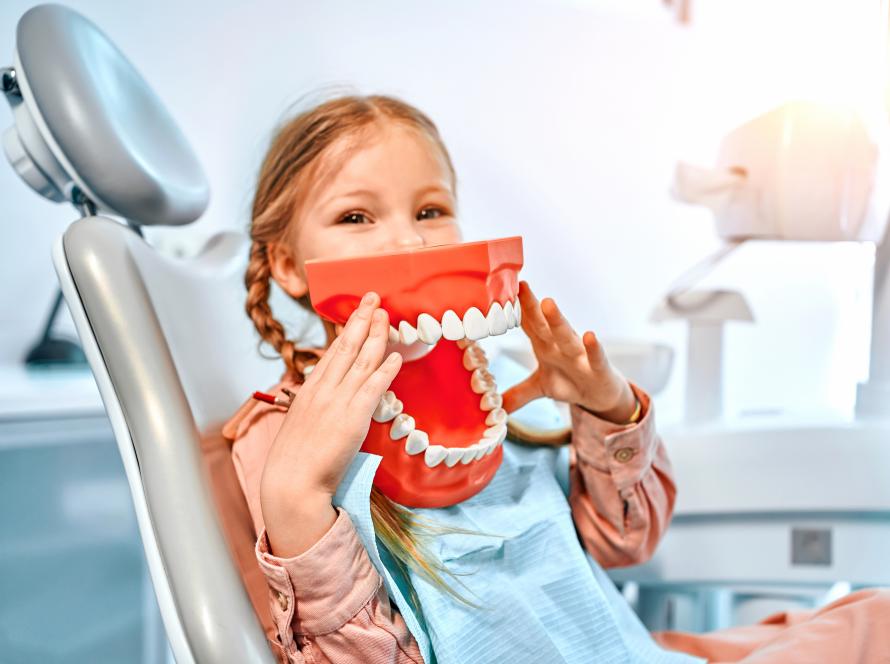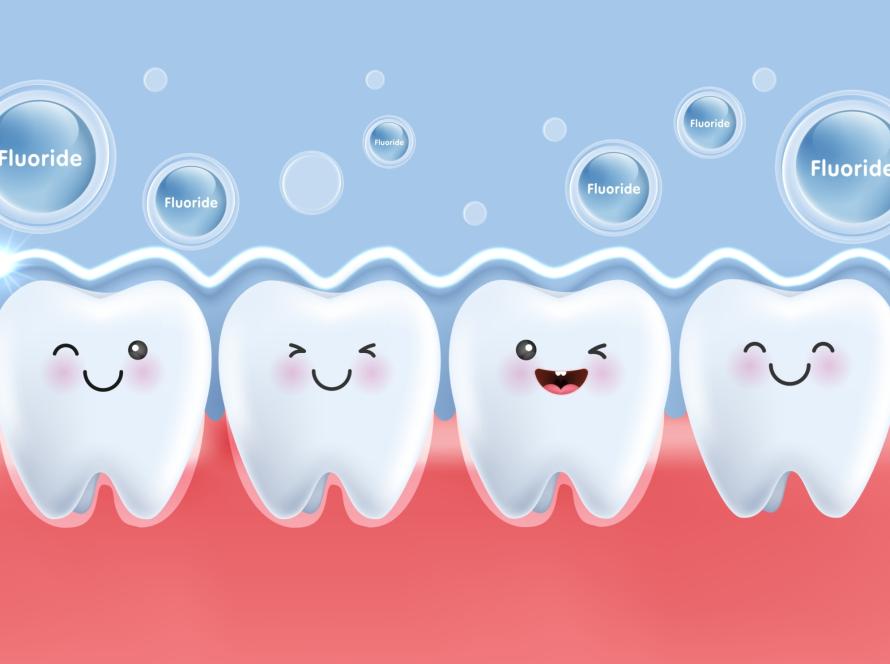When it comes to kids’ oral health, brushing gets all the attention. But for pediatric dentists, the real concern starts after the toothbrush is put away. Nighttime is when teeth are most vulnerable — saliva production drops, snacking habits catch up, and even breathing patterns can silently cause damage.
If you’re serious about kids’ dental care, your bedtime routine needs more than a quick brush. Here’s a pediatric dentist-approved checklist that goes beyond the basics to keep your child’s teeth protected while they sleep.
1. Watch for Mouth Breathing and Snoring
Yes, how your child breathes at night impacts their dental health.
Mouth breathing and snoring can cause the mouth to dry out. And a dry mouth is a breeding ground for cavities. Saliva acts as a natural cleanser. Without it, teeth are more likely to decay.
Signs to watch for:
- Waking up with dry lips or bad breath
- Frequent snoring or open-mouth sleeping
- Crowded teeth or long face growth patterns
A pediatric dentist can assess whether these habits are affecting your child’s dental cleaning results and may recommend early orthodontic evaluation or refer you to a sleep specialist. Sometimes, it’s more than just a noisy sleeper — it could signal obstructed airways or a narrow palate.
2. Cut the Late-Night Snacks
That “one more bite” before bed? It could cost a cavity.
Even healthy snacks like fruit or granola can cause overnight sugar exposure. After brushing, anything your child eats or drinks (besides water) feeds oral bacteria for hours. With reduced nighttime saliva flow, it’s the worst time to introduce carbs or sugar.
What to do instead:
- Make “last snack” a hard rule: no eating after brushing.
- If your child needs something before bed, choose water or plain milk — and then re-brush if necessary.
This simple change helps keep kids’ dental care effective overnight.
3. Make Flossing a Nighttime Habit
Brushing removes surface plaque, but only floss gets in between teeth — where decay often starts. Flossing is recommended for kids as soon as they have two teeth that touch — usually around age 2 to 3.
Why bedtime flossing matters:
During sleep, bacteria can sit undisturbed between teeth for 8–10 hours. If not flossed out, plaque hardens into tartar, which can’t be removed by brushing alone.
Make it easier:
- Use kid-friendly flossers with handles
- Turn it into a routine, not a chore — maybe while winding down with a story
- For younger kids, parents should assist — even toddlers can start with help
Your pediatric dentist will spot the difference in their kids’ dental cleaning appointments.
4. Use a Fluoride Rinse (If Age-Appropriate)
A fluoride rinse adds an extra layer of protection — especially for kids prone to cavities.
Not all kids need it, and not all rinses are safe for younger ages, so check with your pediatric dentist first. But for children six and up, a fluoride rinse after brushing and flossing can:
- Strengthen enamel
- Re-mineralize early decay spots
- Protect against overnight acid attacks
Pro tip: Choose alcohol-free rinses made for kids, and make sure they don’t swallow it.
5. Clean and Store Aligners or Retainers Properly
If your child wears clear aligners, retainers, or other dental appliances, bedtime care is non-negotiable.
Neglecting aligner hygiene = bacteria party. Even if teeth are clean, slipping dirty aligners into the mouth at night undoes all that effort.
Before bed:
- Rinse and brush the appliance with a soft brush (no toothpaste — it’s too abrasive)
- Soak in a cleaning solution as recommended
- Store in a clean, dry case if not wearing overnight
For kids in orthodontic treatment, your pediatric dentist can offer guidance on proper aligner care as part of their kids’ dental cleaning routine.
6. Build a Wind-Down Routine That Reinforces Good Habits
Consistency is the secret weapon of kids’ dental care. Create a nightly sequence that makes oral hygiene non-negotiable — not optional.
Sample 10-minute routine:
- Brush for 2 minutes with fluoride toothpaste
- Floss all teeth (even baby ones!)
- Rinse with fluoride (if age-appropriate)
- Clean and store appliances
- Final water sip, then lights out
Involve your child in setting the routine, and make it visual with charts or stickers. Kids are more likely to follow through when they see progress.
7. Regular Checkups Keep Nighttime Routines on Track
Even the best bedtime habits benefit from professional support.
Your pediatric dentist can:
- Spot early signs of decay or enamel wear
- Identify issues with mouth breathing or poor flossing technique
- Recommend fluoride treatments or sealants
Make sure your child has regular kids’ dental cleaning appointments every 6 months, or as advised.
Final Thoughts
Protecting your child’s teeth doesn’t stop with brushing. A strong bedtime oral health routine can make the difference between cavities and clean checkups. Addressing issues like snacking, mouth breathing, and aligner hygiene helps ensure that your child’s smile stays strong — even while they sleep.
Keep in mind that your pediatric dentist is your ally in this process. Bring your questions, talk about habits, and tailor your routine to your child’s specific needs.
Because when it comes to kids’ dental care, every night counts.


